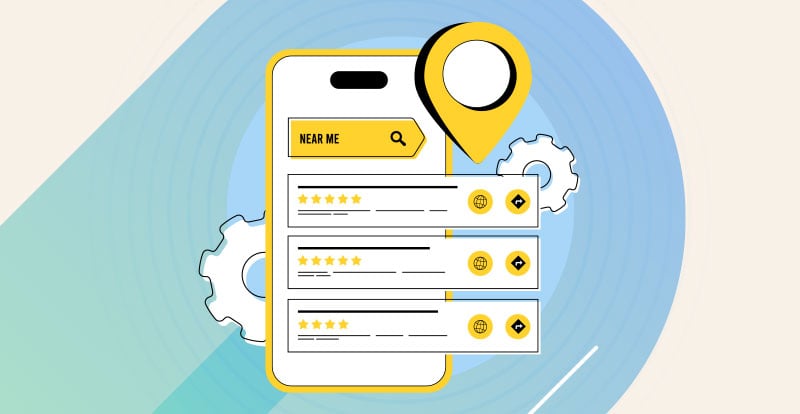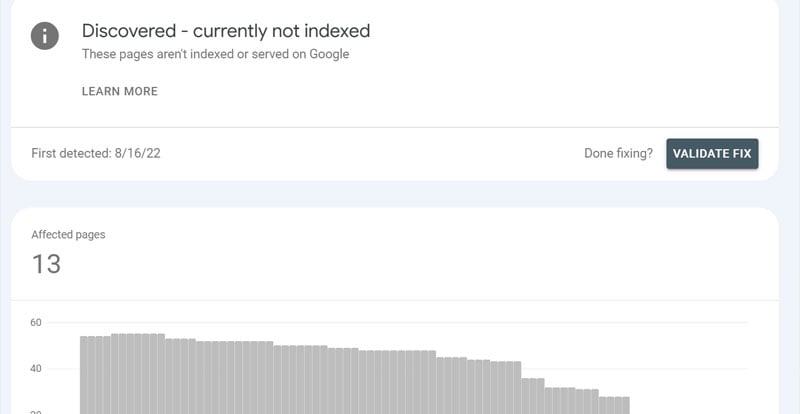If you're running a local business, showing up in Google’s search results — especially in the map pack — can make a big difference in how many calls, visits, or leads you get. But ranking locally isn’t automatic, and it’s not just about having a website or tossing up a few keywords.
This article covers what actually moves the needle when it comes to local SEO. These are things I focus on with my own clients, including Philly businesses that have gone from invisible to top of the pack.
1. Have a Google Business Profile - and Actually Use It
A lot of businesses still don’t even have one. Step one is claiming your Google Business Profile (GBP). Step two is setting it up right. Step three is keeping it updated.
When I’m working with a local business that’s not ranking, the first thing I check is: do they even have a GBP? And if so, do they have any reviews? That alone can make a huge difference.
Here’s what to make sure is filled out:
-
Primary category that matches your actual service (e.g., “Orthodontist,” not just “Doctor”)
-
Business hours (including holidays)
-
Service areas or physical address
-
Business description (plain language, no keyword stuffing)
-
Real photos of your space, work, or products
2. Reviews Matter - But So Does How You Ask for Them
Reviews are a major local ranking factor. It’s not just about volume — it’s also how recent they are and what people say.
But asking for reviews can be awkward, especially for service businesses without a storefront. My advice? Don’t go straight into asking for a review. Start with:
“Was everything okay with your experience?”
If the answer’s yes, ask for a public review. If not, ask what could’ve gone better. This way, you avoid pushing unhappy people into leaving bad reviews.
I usually recommend sending a manual email or text. It feels more personal, and it gets easier the more you do it. If you're getting higher volume, there are services that can automate review requests (BrightLocal, Podium, etc.). You can even use AI to help write a quick message that doesn't sound like a canned template.
We coached a Rittenhouse orthodontist to start asking patients to mention “clear aligners” or “Invisalign” in their reviews when it made sense. Within a few months, they started ranking for those exact terms and doubled their consultations.
3. Build Local Pages the Right Way
Yes, building landing pages for each service area or neighborhood works — if they’re done right. That means each page needs to have unique content, specific information, and a clear focus. Don’t just copy and paste the same text with a different neighborhood name swapped in.
I’ve seen these work really well when they’re structured properly. Make sure:
-
The page talks about services in that area specifically
-
You include real photos or examples (if possible)
-
The title and headings clearly use the location name
-
You avoid stuffing in a list of every nearby zip code
We had an SEO client company in Northeast Philly created pages for “Roof Repair in Fishtown,” “Flat Roof Repair in Kensington,” and “Emergency Roof Tarping in Port Richmond.” They didn’t just tweak a headline, each page mentioned different materials, weather patterns, and common problems in that area. All three pages ranked well and brought in leads.
4. Make Sure Your Business is Listed in the Right Places
Google doesn’t just trust your website or GBP. It cross-checks your business info against other sites. These are called citations, and consistency is key: name, address, and phone number (NAP) should match everywhere.
There’s no fixed list of citation sites I use. I adjust based on the business and industry. But I typically use a service like BrightLocal to speed things up and make sure we’re hitting the important ones like:
-
Yelp
-
Apple Maps
-
Facebook
-
YellowPages
-
Better Business Bureau
-
Industry-specific directories
We had a home inspector in Manayunk who wasn’t ranking well, and it turned out they weren’t listed anywhere beyond Google. After getting added to 25+ directories with consistent info, they jumped from page 2 into the map pack in under two months.
5. Your Website Structure Still Matters
Even if most of your traffic comes from maps or GBP, your website still plays a big role in local SEO. A lot of Philly businesses overlook this, but the site’s structure, and how easy it is to understand what you do and where it affects rankings.
Focus on:
-
Clear page titles and headings
-
Fast loading times and mobile responsiveness
-
Internal links between service pages
-
Schema markup for local business data
-
Using city/neighborhood names where appropriate, but not stuffing them everywhere
6. Local Backlinks Help More Than You Think
A backlink is when another site links to yours. For local businesses, backlinks from other local sites are more valuable than generic ones. They help show Google that your business is relevant to your area and trusted by others nearby.
You don’t need hundreds of backlinks. A few from the right places can make a real difference.
How to get them:
-
Sponsor a local event or youth sports team and ask for a link
-
Reach out to neighborhood blogs or community sites
-
Get listed on the local chamber of commerce or business association sites
-
Submit press releases when you do something worth talking about
We had a tattoo shop client in Fishtown that was struggling to show up for anything competitive. After they were included in a “Best of Fishtown” article on Billy Penn and picked up a mention from a local art blog, their rankings shot up for “tattoo shop Fishtown” and related searches.
7. Keep Things Active and Updated
Google likes signs of life. If your business profile or website hasn’t been updated in a year, that’s a signal something might be stale. Regular updates, even small ones. help.
What to do:
-
Keep your Google Business Profile hours accurate (especially holidays or temporary closings)
-
Post updates, offers, or events using Google Posts once or twice a month
-
Update old blog posts or service pages if they’re out of date
-
Add photos and respond to new reviews as they come in




